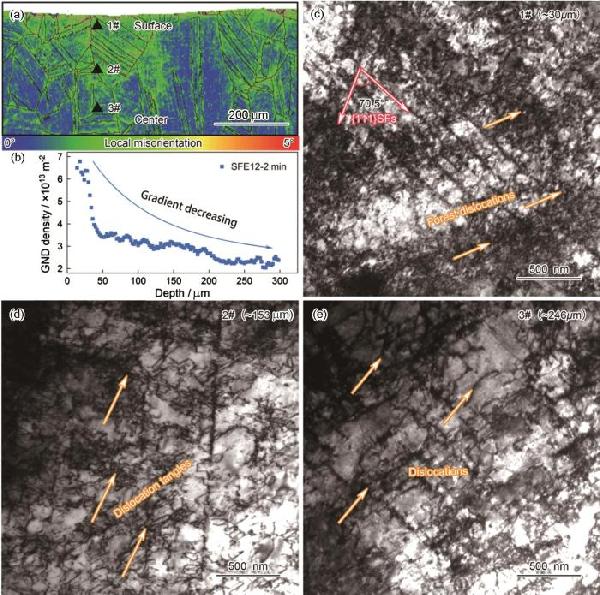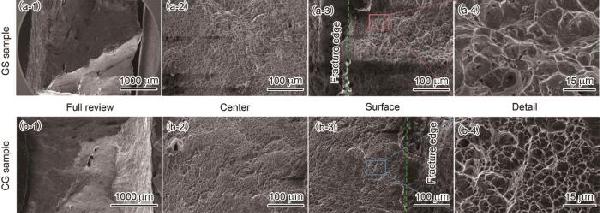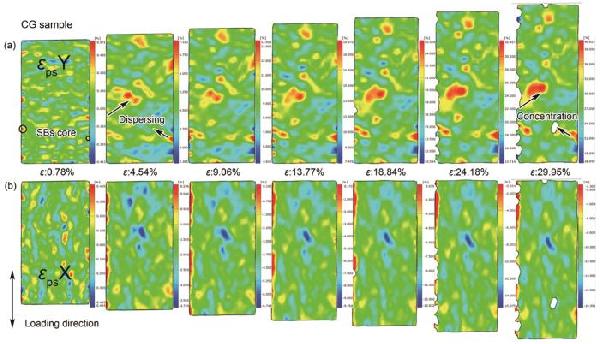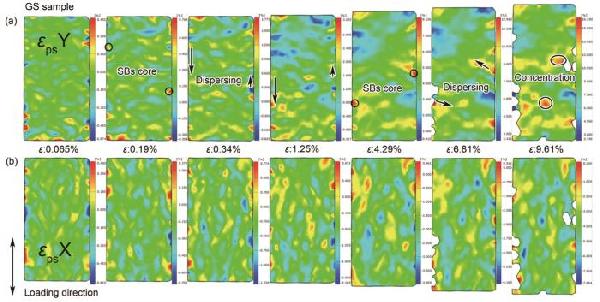
全部
▼
搜索
熱搜:
位置:中冶有色 >
> 梯度結(jié)構(gòu)銅鋁合金的室溫加工硬化行為
 967
編輯:管理員
來(lái)源:劉歡,李幸福,楊易,李聰,付正容,柏云花,張正洪,朱心昆
967
編輯:管理員
來(lái)源:劉歡,李幸福,楊易,李聰,付正容,柏云花,張正洪,朱心昆













 分享 0
分享 0
 舉報(bào) 0
舉報(bào) 0
 收藏 0
收藏 0
 反對(duì) 0
反對(duì) 0
 點(diǎn)贊 0
點(diǎn)贊 0

 中冶有色技術(shù)平臺(tái)
中冶有色技術(shù)平臺(tái) 2025年03月21日 ~ 23日
2025年03月21日 ~ 23日  2025年03月28日 ~ 30日
2025年03月28日 ~ 30日  2025年04月11日 ~ 13日
2025年04月11日 ~ 13日  2025年04月11日 ~ 13日
2025年04月11日 ~ 13日  2025年04月24日 ~ 27日
2025年04月24日 ~ 27日 
